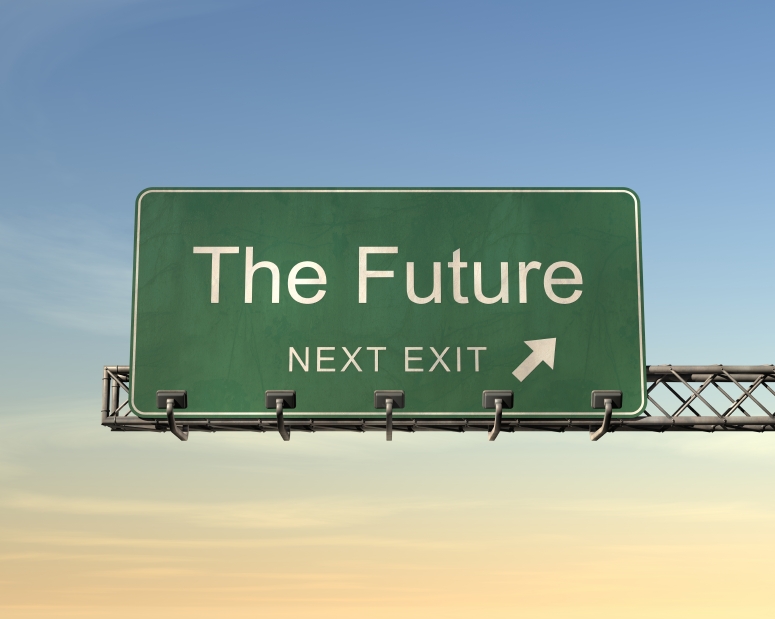 Every year since 2006, IBM has released a “five in five” list. It’s their top five innovations they expect to see impacting the world in the next five years, according to a poll of their customers and staff.
Every year since 2006, IBM has released a “five in five” list. It’s their top five innovations they expect to see impacting the world in the next five years, according to a poll of their customers and staff.
They are obviously not always right. Five years ago, they were predicting Remote Healthcare Prognosis, Real-time speech translation, 3-D Internet, nanotechnology for our environment (specifically water filtration) and Mind reading phones. While we’re a lot closer to these technologies being in everyday use than we were five years ago, none are truly here yet. But still, the trajectory IBM was predicting was correct.
In 2007, they suggested we’d see a range of “smart energy” technologies making it easier for us to manage our personal “carbon footprint”, traffic management solutions, better tracking of food through the production and supply systems, smartphones (although they did not use this label it is definitely what they were talking about), doctors getting enhanced “super-senses” to better diagnose and treat us. They were spot on with the smartphone prediction, and very close with the carbon footprint stuff. Again, the trajectory of the others is correct, and we should expect to see these technologies soon (but probably not this coming year).
If you’d like to see the videos IBM has produced for yourself, here are the links. Each one is only a few minutes long, and well worth the time:
2006: http://www.youtube.com/watch?v=lDG9-KK5twc
2007: http://www.youtube.com/watch?v=s8mWKVHvRho
2008: http://www.youtube.com/watch?v=86RpIwNTGvI
2009: http://www.youtube.com/watch?v=2m7ticc7jnE
2010: http://www.youtube.com/watch?v=anKiEoxkpxM
So, what are they predicting for 2010. Here is their list for what we might see by 2016 (see the IBM press release at their website here).
First up is Star Wars-ready holographic calling. Imagine dialing up grandma and having a 3D avatar pop up from the screen. The popularity of video chat services such as those offered by Skype and Apple’s FaceTime are already priming consumers for a new kind of call. Movies and TVs are also developing the 3D technology that could enable these kinds of holographic phones.
IBM also predicts there will be batteries that will breathe in oxygen and turn out energy. Batteries will last ten times longer, an issue that moves to solve the feeble battery life of many smartphones. What’s more, smaller electronics may actually be able to dispense of batteries altogether and run on static or kinetic electricity.
Energy preservation will also play a role in the use of computer heat. Right now, up to half of the energy consumed in data centers goes towards cooling computers. The heat they emit is wasted in the atmosphere. Imagine if that heat could instead be recycled to power air conditioning, or other systems.
IBM also anticipates the growth of pre-existing technologies. Though GPS plays a role in driving already, IBM envisions a far more sophisticated version which will take into account, in realtime, accidents, construction and delays on the road as well as driver patterns and behaviors. Such a system could predict congestion before it happens by calculating the numerous possible scenarios that affect traffic.
Their final prediction harnesses the power of ordinary citizens to assist scientists in their studies. People are “walking sensors” whose cars, wallets, phones, and other devices have the power to gather huge amounts of data just by wandering around the streets. Sensors pick up information about a person’s environment automatically. That information could then be given to scientists who will use it to better understand the world.
This blog entry is syndicated at the following sites:
This blog entry may be freely re-used in any online or offline publication, provided it is accompanied by a line crediting “Dr Graeme Codrington, chief futurist at TomorrowToday” and a reference to this webpage.


